SoFi is a growing fintech company that keeps adding new customers, launching more products, and posting record profits. Yet its stock price over the past five years hasn’t kept pace with its fundamental progress. In this article, I’ll walk you through why I believe SoFi could deliver multibagger returns—and how I arrived at that conclusion using a seven-year financial model of both net income and free cash flow.
Three Pillars of SoFi’s Business Model
SoFi organizes its operations into three distinct segments. Together, they form a balanced mix of consumer lending, digital financial services, and business-to-business technology.
Lending Segment
- Largest revenue driver
- Generated $1.3 billion in revenue last year
Financial Services Segment
- SoFi’s mobile app, offering products like investing, checking accounts, and insurance
- Brought in $350 million of revenue last year
Technology Platform
- Composed of Galileo (payment software acquired in 2020) and Technisys (cloud banking platform)
- Earned $430 million in revenue last year
Explosive Revenue Growth
- In 2020, SoFi reported $500 million in total revenue.
- Today, revenues stand at $2.2 billion, marking a five-year CAGR of roughly 42%.
- Wall Street consensus forecasts a deceleration to about 15% annual revenue growth over the next five years.
Given SoFi’s history of exceeding analyst expectations, there’s reason to believe management could outpace that 15% forecast.
Path to Profitability
After years of investment-driven losses, SoFi finally turned profitable two quarters ago. Here’s how future earnings stack up:
- Analysts expect SoFi to reach $0.85 EPS by 2028.
- Applying a 25× earnings multiple to that 2028 EPS implies a share price near $21, or a 179% return from today’s levels.
SoFi has beaten EPS estimates every quarter since profitability began, suggesting that analyst projections may be conservative.
Intrinsic Value Analysis: Net Income vs. Free Cash Flow
To estimate what SoFi is truly worth today, I plugged a series of assumptions into my seven-year Google Sheet model. I ran low, middle, and high scenarios on both net income and free cash flow, assuming:
- Growth rates of 12% / 18% / 22%
- Profit and FCF margins of 10% / 20% / 30%
- Valuation multiples of 18× / 20× / 22× on both EPS and FCF/share
- Zero change in share count as a base case
Although I won’t list every number here, the key takeaway is that under my middle assumptions, SoFi’s intrinsic value sits well above today’s $7 share price. In the high scenario, it becomes a true multibagger within two years.
Return Scenarios at Today’s Price
Current share price: $7
| Scenario |
Assumed Annual Return |
Outcome Over 10 Years (per $1,000 invested) |
| Low |
7% |
$1,967 |
| Middle |
27% |
$33,333 |
| High |
42% |
$333,800 |
Under high assumptions, a $1,000 investment today snowballs to over $33,000 in just ten years. Even the middle case delivers a life-changing return.
Impact of Share Issuance
SoFi has been issuing new shares, which dilutes existing investors. If management issues 2% additional shares annually over the next five years, the model’s outcomes become less attractive—but still compelling under my base assumptions.
Valuation vs. Peers: Price-to-Sales
- SoFi trades at a 3× price-to-sales multiple.
- By contrast, “Penter” (a comparable high-growth fintech) trades at 26× price-to-sales.
On a PS basis, SoFi looks inexpensive relative to peers that deliver similar growth and margins.
Balance Sheet Strength
SoFi’s balance sheet is in excellent shape:
- $4.1 billion in cash
- $3 billion in debt
A net cash position provides flexibility to weather downturns, invest in new products, or continue acquisitions.
Management and Leadership
Anthony Noto has served as SoFi’s CEO since 2018 and has a track record of scaling businesses:
- Former CFO of Twitter
- Partner at Goldman Sachs within five years of joining
- Former CEO of the NFL Players Association
Under his leadership, SoFi expanded from student-loan refinancing into a one-stop digital bank, and finally into enterprise technology solutions.
Key Risks to Consider
- Company is young and only recently profitable.
- A recession could slash revenue growth as consumers tighten spending.
- Continued share issuance could dilute per-share returns.
Every high-growth fintech carries execution risk. History shows that profitability is rarely a straight line.
Conclusion
I believe SoFi is a strong buy for investors who can stomach some short-term volatility. The combination of rapid revenue growth, a diversified business model, expanding margins, and an attractive valuation create what I see as a rare opportunity in the fintech space. Of course, this is not financial advice—always do your own research and stress-test the assumptions before committing capital.
Let me know your thoughts on SoFi in the comments below, and stay tuned for my next deep dive.
https://youtu.be/PkZgJQmIQ44?si=gc4HOdiHg0SPOp4-
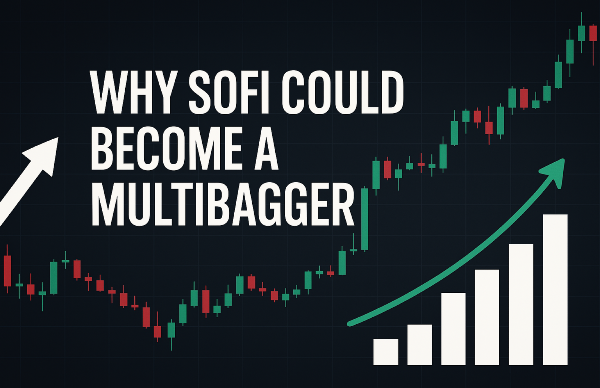

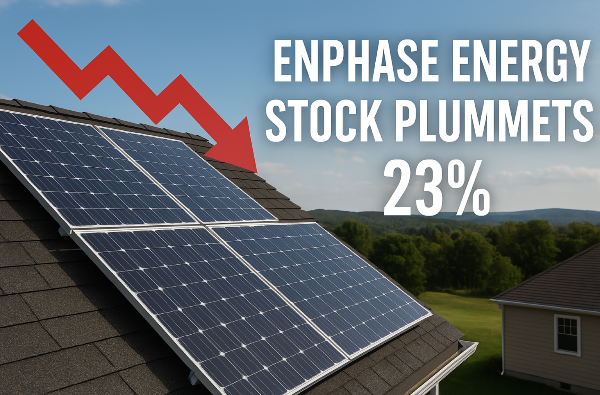
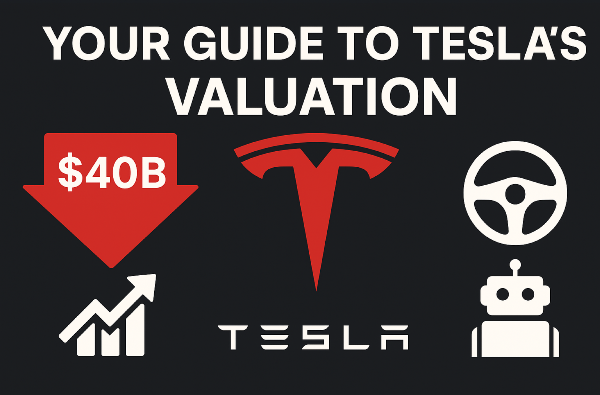

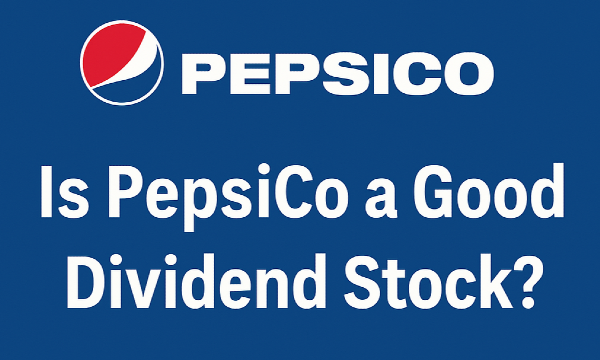
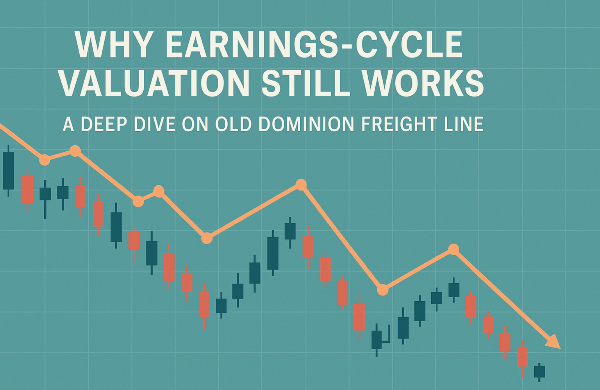
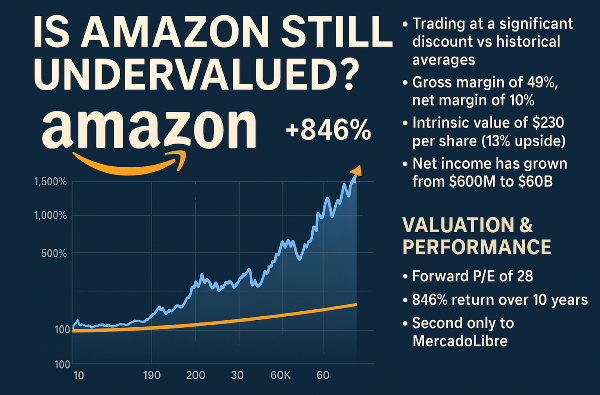
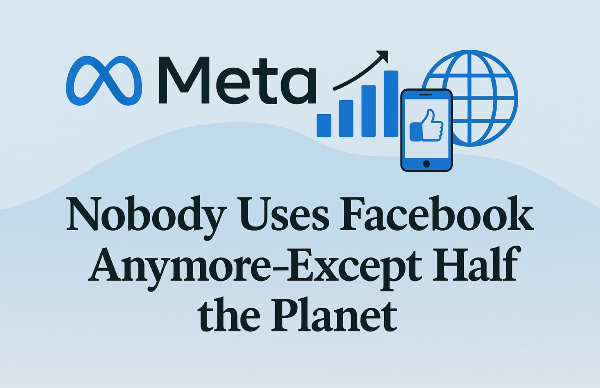


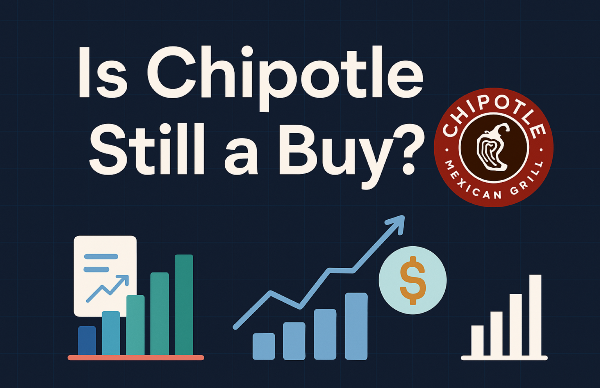
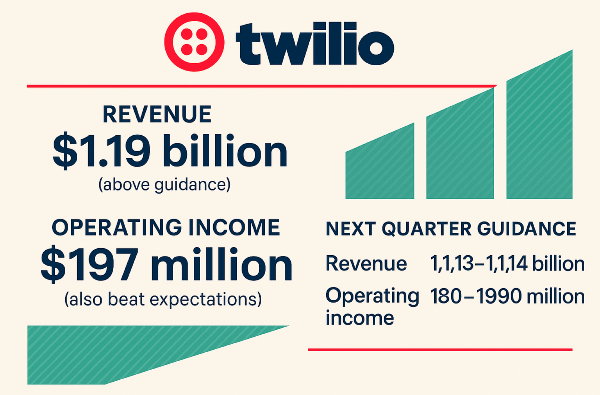
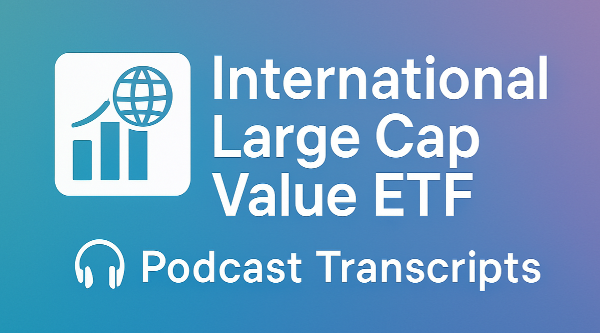
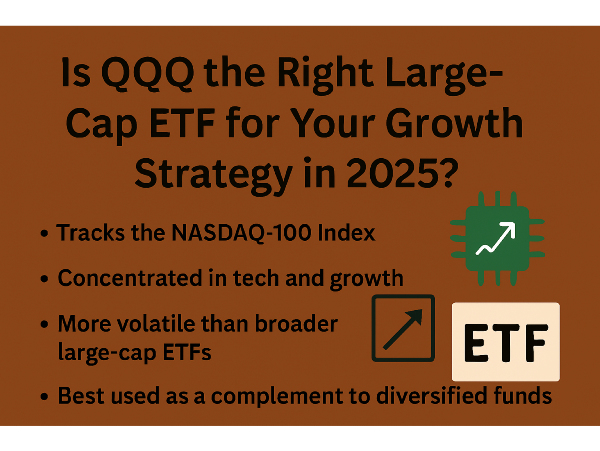
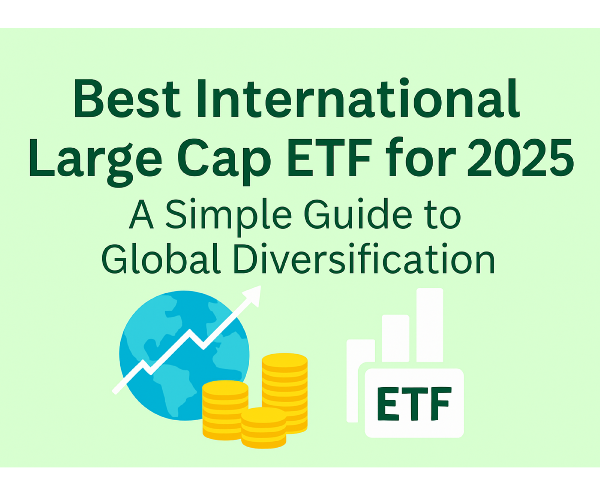
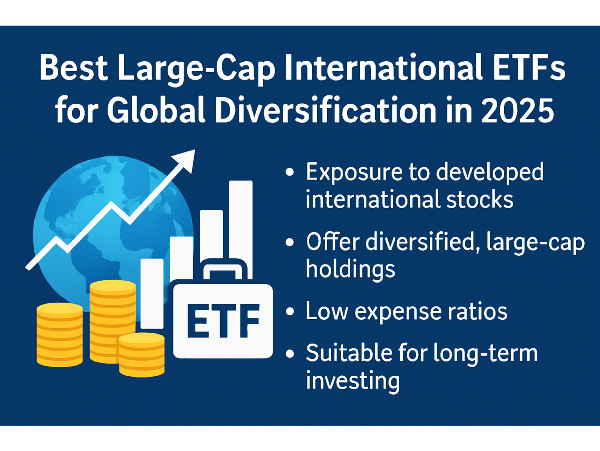
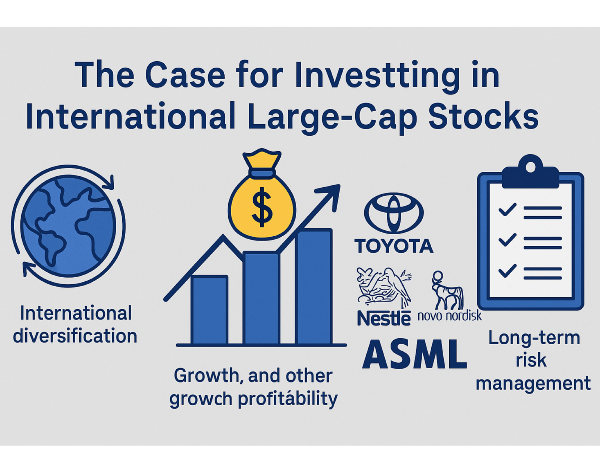
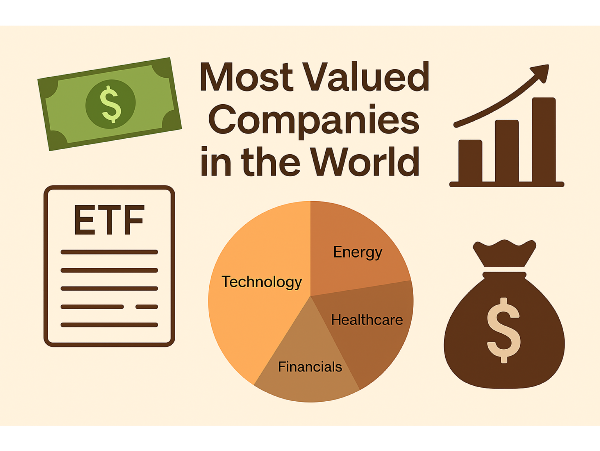
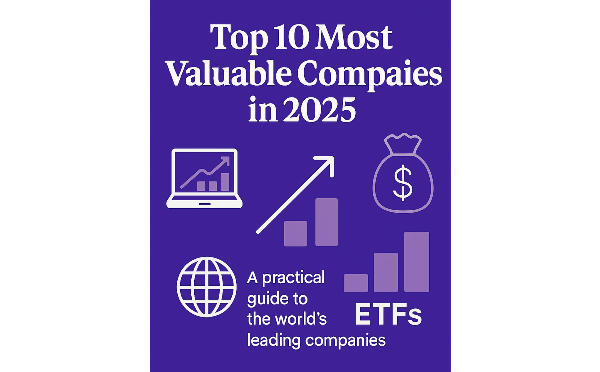
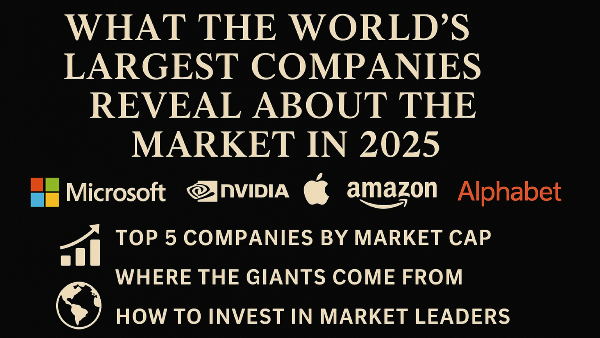
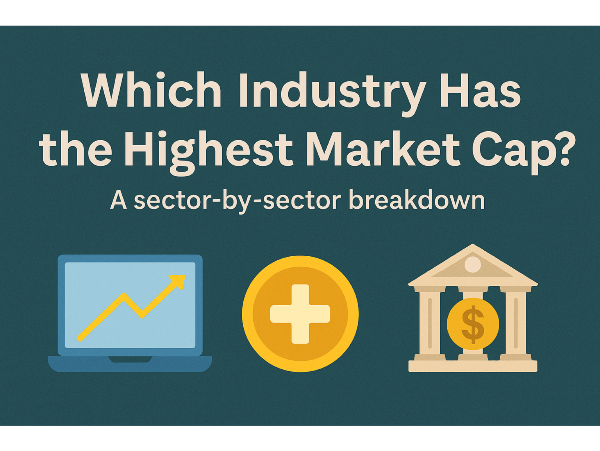








SoFi is a growing fintech company that keeps adding new customers, launching more products, and posting record profits. Yet its stock price over the past five years hasn’t kept pace with its fundamental progress. In this article, I’ll walk you through why I believe SoFi could deliver multibagger returns—and how I arrived at that conclusion using a seven-year financial model of both net income and free cash flow.
Three Pillars of SoFi’s Business Model
SoFi organizes its operations into three distinct segments. Together, they form a balanced mix of consumer lending, digital financial services, and business-to-business technology.
Lending Segment
Financial Services Segment
Technology Platform
Explosive Revenue Growth
Given SoFi’s history of exceeding analyst expectations, there’s reason to believe management could outpace that 15% forecast.
Path to Profitability
After years of investment-driven losses, SoFi finally turned profitable two quarters ago. Here’s how future earnings stack up:
SoFi has beaten EPS estimates every quarter since profitability began, suggesting that analyst projections may be conservative.
Intrinsic Value Analysis: Net Income vs. Free Cash Flow
To estimate what SoFi is truly worth today, I plugged a series of assumptions into my seven-year Google Sheet model. I ran low, middle, and high scenarios on both net income and free cash flow, assuming:
Although I won’t list every number here, the key takeaway is that under my middle assumptions, SoFi’s intrinsic value sits well above today’s $7 share price. In the high scenario, it becomes a true multibagger within two years.
Return Scenarios at Today’s Price
Current share price: $7
Under high assumptions, a $1,000 investment today snowballs to over $33,000 in just ten years. Even the middle case delivers a life-changing return.
Impact of Share Issuance
SoFi has been issuing new shares, which dilutes existing investors. If management issues 2% additional shares annually over the next five years, the model’s outcomes become less attractive—but still compelling under my base assumptions.
Valuation vs. Peers: Price-to-Sales
On a PS basis, SoFi looks inexpensive relative to peers that deliver similar growth and margins.
Balance Sheet Strength
SoFi’s balance sheet is in excellent shape:
A net cash position provides flexibility to weather downturns, invest in new products, or continue acquisitions.
Management and Leadership
Anthony Noto has served as SoFi’s CEO since 2018 and has a track record of scaling businesses:
Under his leadership, SoFi expanded from student-loan refinancing into a one-stop digital bank, and finally into enterprise technology solutions.
Key Risks to Consider
Every high-growth fintech carries execution risk. History shows that profitability is rarely a straight line.
Conclusion
I believe SoFi is a strong buy for investors who can stomach some short-term volatility. The combination of rapid revenue growth, a diversified business model, expanding margins, and an attractive valuation create what I see as a rare opportunity in the fintech space. Of course, this is not financial advice—always do your own research and stress-test the assumptions before committing capital.
Let me know your thoughts on SoFi in the comments below, and stay tuned for my next deep dive.
https://youtu.be/PkZgJQmIQ44?si=gc4HOdiHg0SPOp4-